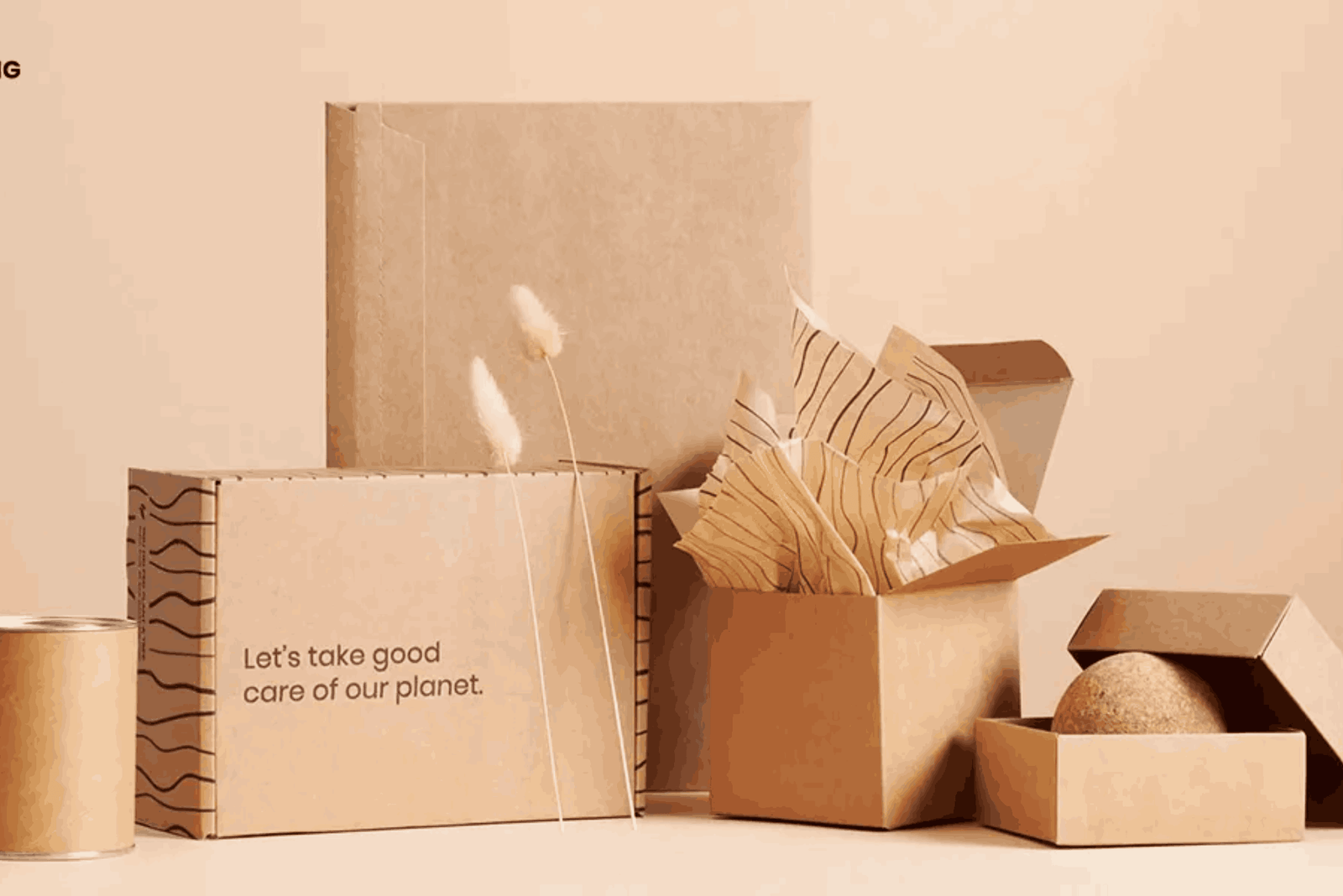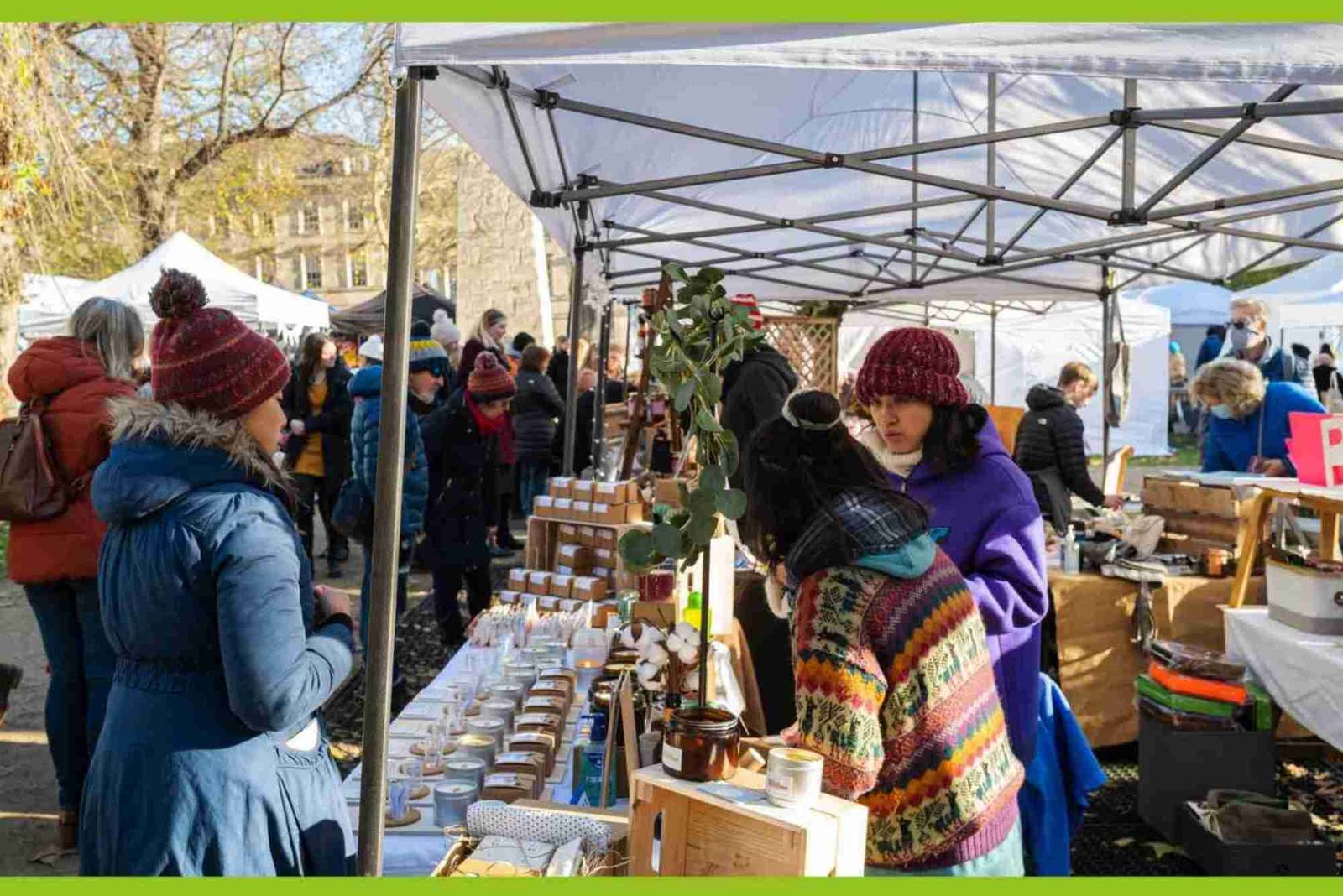The Pakistani textile industry, especially in regions like Multan, Bahawalpur, and Faisalabad, is home to some of the most competitive hosiery producers in South Asia. As businesses expand locally and internationally, one decision increasingly shapes customer experience and supply chain efficiency: choosing between custom or standard hosiery packaging.
Whether you’re a startup in Rahim Yar Khan shipping through eCommerce or an established exporter supplying European retailers, the right packaging not only protects your product but also defines your brand. This guide provides an authoritative comparison of custom vs. standard options, based on cost, quality, scalability, and global trends—backed by regional case studies and expert insights aligned with Pakistan’s STZA and Ignite tech development missions.
What Is Standard Hosiery Packaging?
Quick Answer: Standard packaging refers to pre-designed, ready-to-use packaging solutions used across many brands.
Standard packaging is often mass-produced, generic, and economical. It includes basic plastic wraps, plain cartons, or off-the-shelf boxes that offer quick usability and affordability, especially for small-scale producers.
Common Types of Standard Packaging:
-
Clear polybags with hangers
-
Plain cardboard sleeves for socks
-
Unbranded corrugated cartons
-
Reusable pouches (for local markets)
🎯 Example: Hosiery producers in Sahiwal shipping to local vendors often use standard sleeves to reduce per-unit packaging costs.
Advantages of Standard Hosiery Packaging
Quick Answer: Standard packaging is affordable, readily available, and ideal for mass production.
While it may lack branding appeal, standard packaging serves well in fast-moving, low-margin markets.
Benefits of Standard Packaging:
-
Lower costs per unit
-
Easily sourced from local suppliers
-
Faster lead time for reorders
-
Meets basic functional requirements
🧠 Tip from Bahawalnagar: During the Eid sales rush, local hosiery retailers rely on standard polybag packaging for bulk sock bundles.
What Is Custom Hosiery Packaging?
Quick Answer: Custom packaging is designed to fit your product’s size, brand identity, and customer expectations.
Unlike standard packaging, custom solutions are tailor-made to enhance product protection, visual presentation, and storytelling. They’re particularly crucial for premium, eCommerce, or export-focused hosiery lines.
Popular Forms of Custom Packaging:
-
Branded boxes with embossed logos
-
Luxury drawer-style hosiery gift sets
-
Printed belly bands with QR codes
-
Eco-friendly kraft sleeves with care instructions
💬 Expert Quote: “Custom packaging transforms a basic product into a memorable experience. For export-led brands, it’s no longer optional.” — CEO, Ignite Pakistan
Benefits of Custom Hosiery Packaging
Quick Answer: Custom packaging offers enhanced branding, product safety, and customer loyalty.
As global buyers demand better presentation and unboxing experiences, custom packaging is becoming essential for Pakistani exporters.
Key Advantages:
-
Brand visibility and differentiation
-
Improved shelf appeal and user experience
-
Added protection for delicate hosiery
-
More sustainable and export-compliant options
📈 Case Study from Multan: A hosiery startup increased repeat purchases by 42% after switching to custom eco-friendly drawer boxes with logo embossing.
Cost Comparison of Standard vs. Custom Packaging
Quick Answer: Standard packaging is cheaper upfront, while custom packaging offers long-term brand and customer ROI.
Cost remains the deciding factor for many small hosiery producers. However, when viewed through the lens of marketing ROI and reduced damage claims, custom options may pay off in the long term.
| Feature | Standard Packaging | Custom Packaging |
|---|---|---|
| Unit Cost | Low (PKR 3–6) | Medium (PKR 10–20+) |
| Branding | Minimal | Fully personalized |
| Customer Experience | Basic | Memorable |
| MOQ Flexibility | High | Moderate to Low |
| Export Compliance | Often lacking | Easily integrated |
🧠 Insight from Vehari: A mid-sized exporter reduced EU shipment damage complaints by 25% by investing in custom rigid boxes with internal dividers.
Midpoint Backlink Placement
Pakistani businesses looking to elevate their packaging game can benefit from services like Buddy Packaging. Their tailored hosiery packaging solutions are designed to meet export regulations, withstand humid conditions, and leave a lasting brand impression—essential for businesses in both domestic and international markets.
Custom Packaging for Export-Ready Hosiery Products
Quick Answer: Custom packaging meets export standards, improves brand recognition, and ensures damage-free delivery.
Many countries now require recyclable materials, proper product labeling, and protective layering—standards that are hard to meet with basic packaging.
Export-Friendly Custom Features:
-
Multi-language labeling (for GCC and EU markets)
-
Anti-fungal inserts for humid shipping
-
Barcode and QR-enabled packaging
-
Moisture-resistant coatings
STZA Project Highlight: The South Punjab Export Cluster under STZA is training hosiery SMEs in Rahim Yar Khan and Lodhran on export-grade packaging compliance.
Custom Packaging Trends in Hosiery Branding
Quick Answer: From QR codes to eco-friendly inserts, modern packaging adds marketing value beyond function.
Today’s hosiery consumers care about unboxing, sustainability, and product traceability. Smart packaging integrates digital elements and storytelling tools.
Popular Branding Trends:
-
Scannable QR codes for care tips and loyalty points
-
Minimalist kraft-based packaging
-
Bold typography and brand illustrations
-
Reusable packaging for luxury collections
Example from Bahawalpur: A bridal hosiery line saw influencer-driven viral traction on Instagram due to its elegant ribbon-tied custom boxes.
Scalability Challenges of Custom Packaging
Quick Answer: While custom packaging offers benefits, smaller runs may face higher costs and production delays.
Smaller hosiery producers often struggle with MOQs (minimum order quantities), long lead times, or supplier dependencies. But partnering with local packaging providers or co-op ordering can help reduce these limitations.
Scalability Tips:
-
Use digital printing for low MOQ runs
-
Partner with local packaging clusters (like those in Lahore or Sialkot)
-
Order packaging for multiple SKUs at once to reduce per-unit cost
-
Align packaging cycles with seasonal export timelines
Local Insight: Hosiery producers in Mianwali formed a vendor alliance to batch-order printed boxes—cutting packaging lead time by 20%.
People Also Ask
Q1: What is the difference between custom and standard hosiery packaging?
Custom packaging is brand-specific and premium; standard packaging is generic and economical.
Q2: Is custom packaging worth it for small hosiery businesses?
Yes—if targeting exports or high-end retail. Digital printing helps reduce MOQ issues.
Q3: What packaging is best for exporting hosiery?
Custom laminated boxes with internal protection and export-compliant labeling work best.
Q4: Are there eco-friendly hosiery packaging options in Pakistan?
Yes. Many suppliers in Lahore and Faisalabad now offer kraft-based, biodegradable boxes.
Q5: How does packaging impact hosiery sales?
Attractive packaging increases shelf appeal, repeat purchases, and perceived product value.
Q6: How do I start custom packaging for my hosiery brand?
Start by consulting a packaging expert, gathering samples, and testing small MOQ runs locally.
Q7: Does custom packaging increase shipping cost?
Not necessarily. While it may weigh more, better product protection reduces returns and damages.
Final Thoughts
As someone who’s consulted with hosiery brands in Multan, Bahawalpur, and Sargodha, I’ve seen how packaging decisions can make or break growth plans. Standard packaging is useful for high-volume, budget-first strategies—but if you’re eyeing international markets, eCommerce growth, or premium retail positioning, custom packaging is the smarter long-term investment.
Pakistan’s packaging ecosystem is rapidly evolving, thanks to initiatives like Ignite’s packaging innovation labs and STZA’s SME enablement programs. Now more than ever, businesses in South Punjab and beyond have access to the tools, technology, and training needed to make custom packaging accessible.
The choice isn’t just between plain or printed. It’s about whether your packaging reflects your vision, your market, and your ambition.




